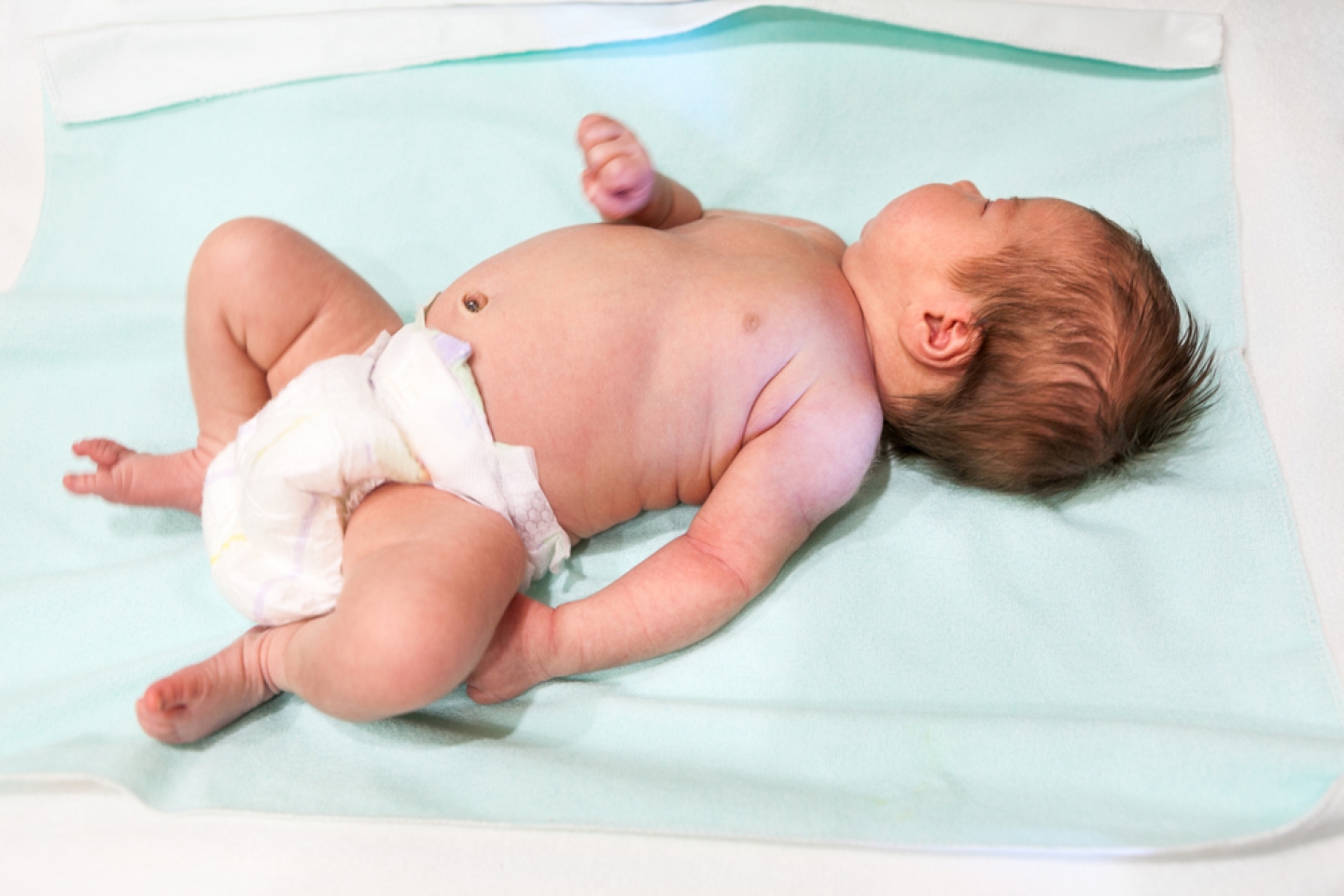
A heartbreaking event, sudden infant death syndrome (SIDS) occurs in 1 out of 3 unknown infant deaths in the United States. Thankfully, the National Institutes of Health report that SIDS cases are dropping. One reason for this improvement is parent education.
This October, take advantage of SIDS Awareness Month to learn how to better protect your little ones.
SIDS occurs when an infant dies suddenly for no known cause. Even after medical investigation, it’s impossible to pinpoint the exact cause.
Often, SIDS happens when a child is sleeping or in the crib or other sleeping area. As a result, many risk factors center around a baby’s sleeping habits.
While the cause of SIDS is unknown, certain factors increase a baby’s risk for SIDS. These include:
Additionally, a baby’s crib should be as empty as possible.
“A baby only needs a sleep surface,” says Katharina Graw-Panzer M.D., medical director of the Pediatric Sleep and Breathing Disorders Center at Weill Cornell Medicine. “They don't need any of the things we feel might make it cozy for them.”
Dr. Graw-Panzer urges parents to keep as little in the crib as possible. The more in the crib, the higher the risk of suffocation.
“They should sleep on their firm little mattress, which has a fitted sheet, and nothing else should be in the bed,” Dr. Graw-Panzer. “No blankets, no stuffed animals, no bumpers, nothing of that sort … even wedges are not recommended anymore.”
Safe sleep for babies starts with looking at the baby's sleep habits. The American Academy of Pediatrics recommends the following to reduce the risk of SIDS:
While many parents like to co-sleep, Dr. Graw-Panzer cautions against it.
“Co-sleeping is not recommended because it places the baby on the same surface [the adult sleeps on] and as well as their bedding,” says Dr. Graw-Panzer. “We now recommend that the baby sleeps in the same room as a parent. In that way, they are supervised, but they don't share the same sleep surface. Anything like a crib or bassinet next to a parent bed would be perfect.”
Concerned about your infant’s sleep behavior? Make an appointment with the Weill Cornell Pediatric Sleep and Breathing Disorders Center, which is affiliated with NewYork-Presbyterian Komansky Children's Hospital. At the Pediatric Sleep & Breathing Disorders Center, we diagnose and treat snoring, parasomnias (sleep walking, sleep terrors), circadian rhythm disorders and more.
Help your child get the sleep they need for healthy growth. Call (646) 962-3410 to make a Video Visit appointment with our pediatric experts at the Weill Cornell Pediatric Sleep and Breathing Disorders Center.
Find a doctor at Weill Cornell Medicine to help your baby grow into a healthy toddler, child, teen and adult.